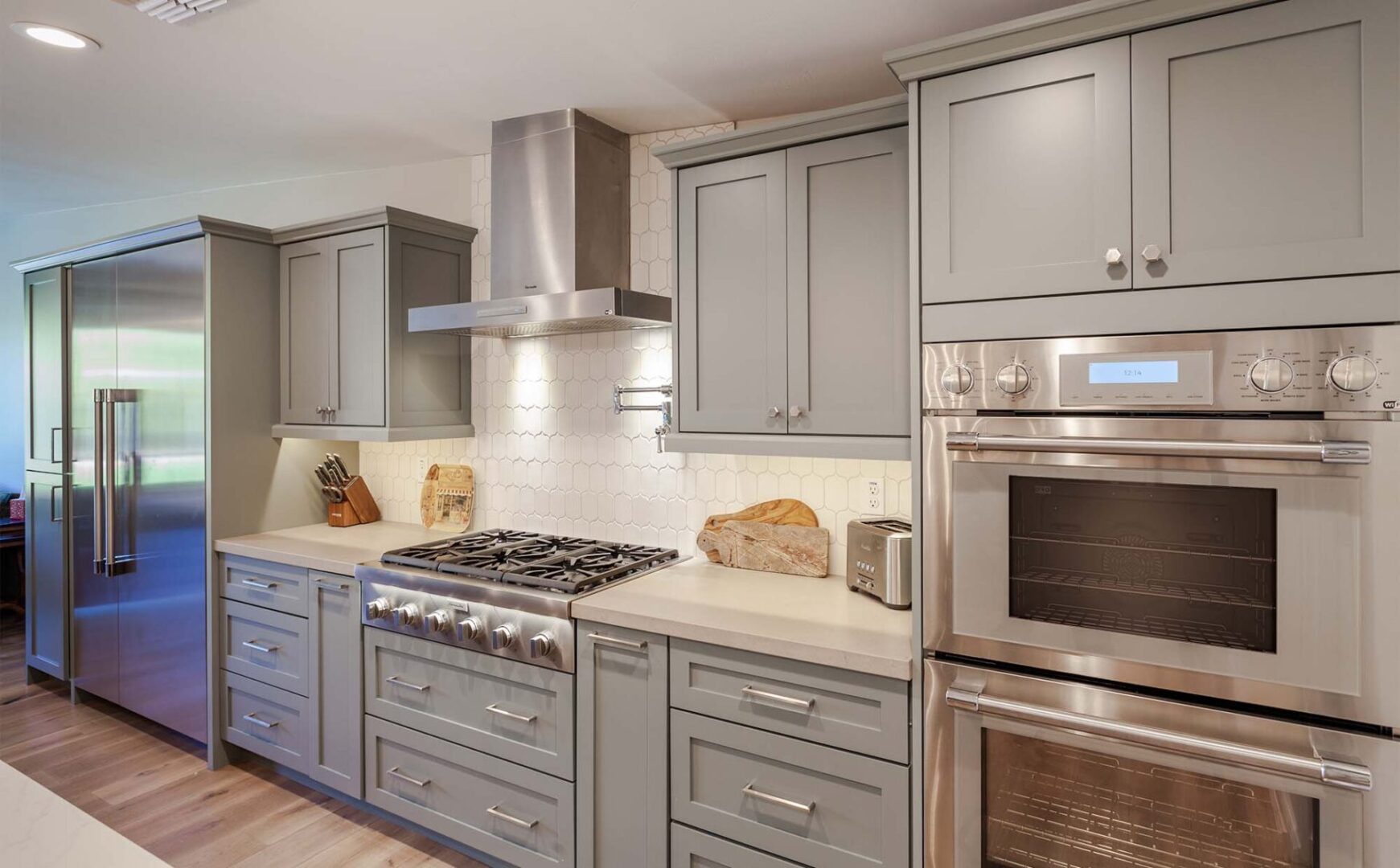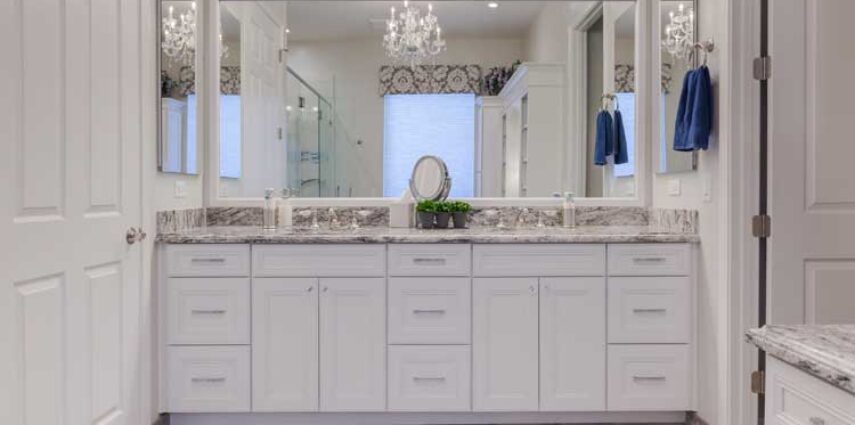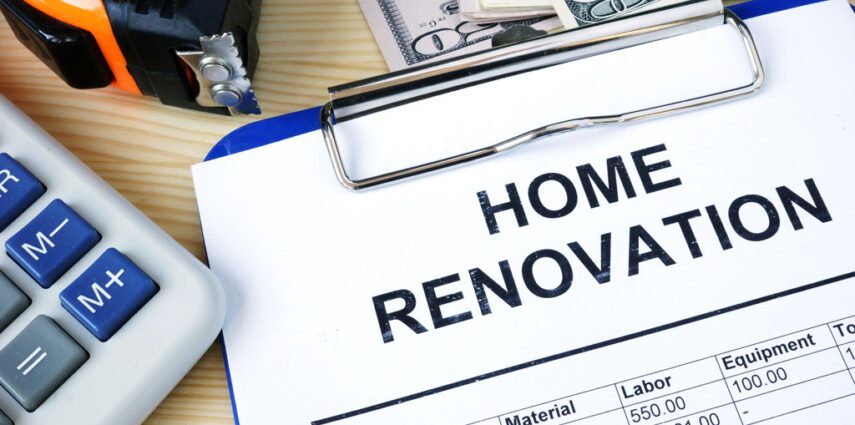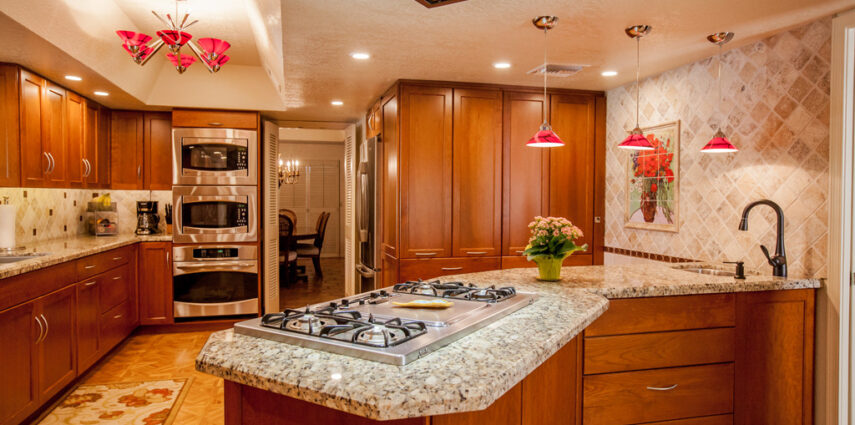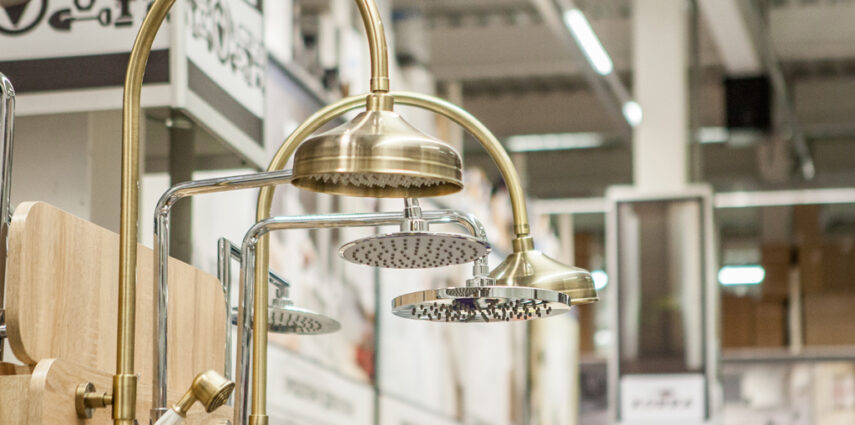Budget
Where Designers Would Spend and Save in a Kitchen
By Steve Shinn, CR |
Our experts suggest where to splurge and where to trim the budget when redesigning your ...
Read More 5 BIG TAKEAWAYS FROM THE 2021 HOUZZ BATHROOM TRENDS STUDY
By Steve Shinn, CR |
There are countless decisions to make when remodeling a bathroom. But knowing what other homeowners ...
Read More THERE IS MORE TO YOUR PROJECT’S COST THAN LABOR AND MATERIALS
By Steve Shinn, CR |
From Our Choosing the Right Home Remodeling Professional (Series) Our recent blogs have focused on ...
Read More 12 Things to Watch Out For When Remodeling
By Steve Shinn, CR |
Spotting Scams and the Inexperienced Home Remodeling Contractor Every industry has its share of scams ...
Read More AVOID THREE COMMON MISCONCEPTIONS WHEN HIRING A REMODELING CONTRACTOR
By Steve Shinn, CR |
Your home is one of your most valuable assets. Selecting the right contractor will be ...
Read More HOW THE DESIGN/BUILD CONCEPT WORKS
By Steve Shinn, CR |
Renovating your home starts with your dreams and vision for your living space. Most likely, ...
Read More 8 STEPS FOR YOUR SUCCESSFUL KITCHEN REMODEL
By Steve Shinn, CR |
Sitting there with your walls closing in? Have you redesigned your kitchen, workspace, bathroom, or ...
Read More Why You Should Choose High-quality Materials for Your Remodel Project
By Steve Shinn, CR |
After coming up with a plan and a budget to remodel your bathroom, discovering and ...
Read More 
